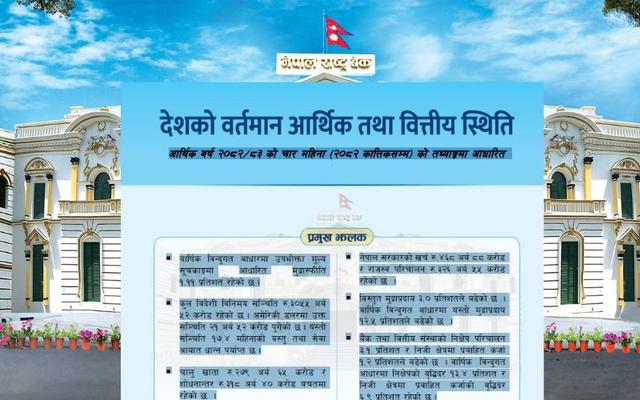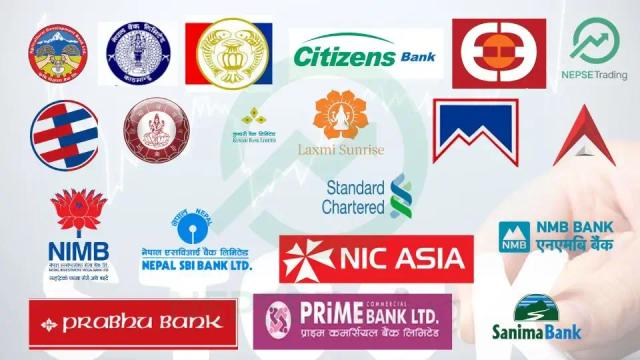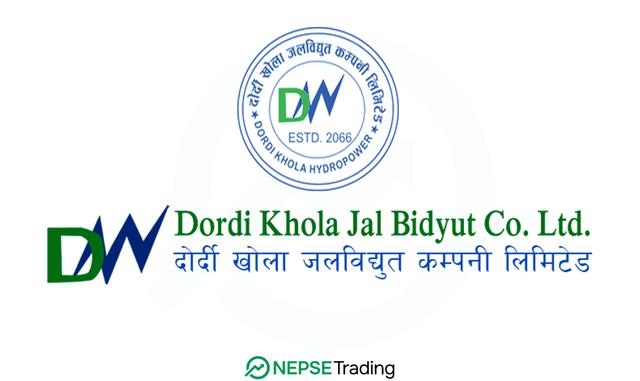Steady Surge in Remittances: A Lifeline for Nepal’s Economy
Author
Nepsetrading

Remittance inflows from Nepali migrant workers abroad have continued to show strong growth over the past six fiscal years, highlighting their critical role in supporting Nepal's economy. As domestic employment opportunities remain limited, millions of Nepalis have sought foreign employment—mainly in the Gulf, Malaysia, and South Korea—and their earnings have become the backbone of Nepal’s external sector and household consumption.
In the fiscal year 2019/20, Nepal received Rs. 875 billion in remittances. This amount increased to Rs. 961.1 billion in 2020/21, Rs. 1007.3 billion in 2021/22, and Rs. 1240.7 billion in 2022/23. The growth is not only consistent but also remarkable given the global challenges, especially during the COVID-19 pandemic. The most impressive jump was seen in 2023/24, when remittances reached Rs. 1445.3 billion—an increase of nearly 16.5% compared to the previous year.
As of mid-April 2023/24, Nepal had already received Rs. 1082.6 billion in remittances. In comparison, mid-April 2024/25 data shows the figure rising further to Rs. 1191.3 billion, which points to continued momentum. This growth trend suggests that the full fiscal year 2024/25 could surpass previous records, provided the current pace continues.
Several factors have driven this surge. These include increased outbound migration, improved remittance transfer mechanisms (like digital banking and mobile transfers), and the persistent lack of job opportunities in Nepal. Moreover, Nepal’s government has been gradually improving its policy framework around foreign employment, and that seems to be helping make remittance flows more stable and predictable.
However, while remittance inflows are rising, concerns remain about how they are used. Most of the funds are spent on consumption—especially in housing, education, and household goods—rather than investment. For long-term economic transformation, Nepal must create policies that channel remittance income into productive sectors like agriculture, manufacturing, or entrepreneurship.
In summary, remittances remain a lifeline for Nepal’s economy. But turning this financial flow into an engine of growth demands that the country moves beyond dependence and invests smartly for the future.



